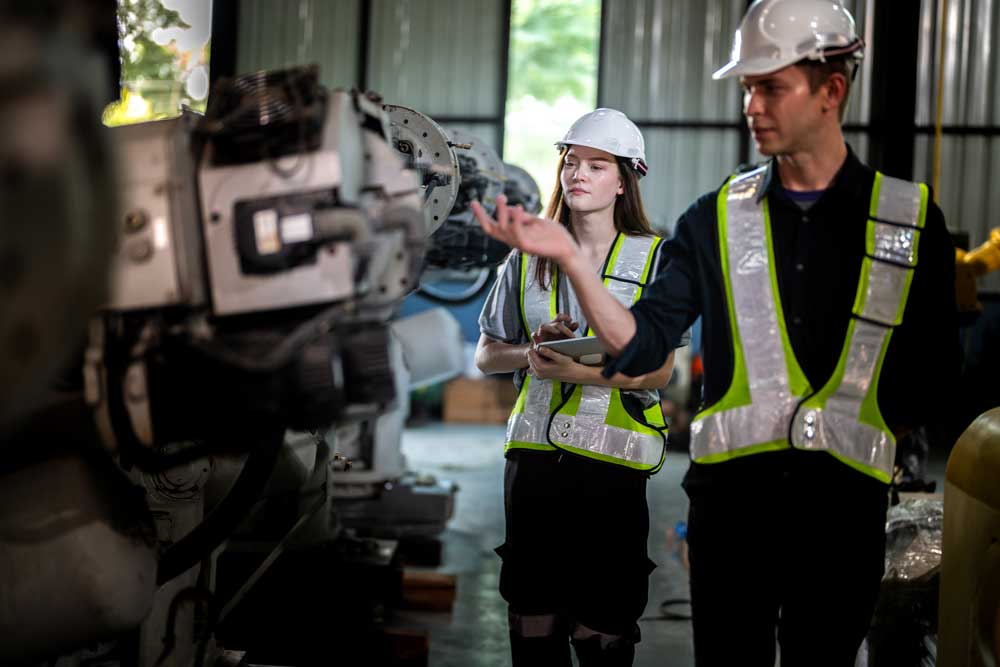Introduction
The collapse of the Mianus River Bridge in Greenwich, Connecticut, on 28 June 1983 remains a sobering case study in civil engineering, highlighting the critical importance of infrastructure maintenance and design oversight. At approximately 1:30 a.m., a 100-foot section of the Interstate 95 bridge gave way, resulting in the deaths of three individuals and serious injuries to three others as vehicles plummeted into the river below. This essay explores the reasons behind this catastrophic failure from a civil engineering perspective, focusing on design flaws, maintenance neglect, and the broader implications for engineering practice. By examining these contributing factors, the essay aims to underscore the necessity of robust inspection regimes and proactive infrastructure management.
Design and Construction Deficiencies
The Mianus River Bridge, completed in 1958, was a steel structure employing a pin-and-hanger design, a common approach at the time for multi-span bridges. This design relied on steel pins to connect the bridge girders, with hangers suspending the deck. However, a critical flaw lay in the assembly’s vulnerability to corrosion and fatigue. According to a detailed investigation by the National Transportation Safety Board (NTSB), the hangers were not designed to accommodate lateral forces effectively, leading to uneven stress distribution over time (NTSB, 1984). Furthermore, the design lacked redundancy, meaning that the failure of a single component—such as a pin—could precipitate a progressive collapse. This inherent shortcoming, while not uncommon in mid-20th-century bridge engineering, exposed a limited understanding of long-term structural dynamics during the design phase.
Maintenance and Inspection Failures
Beyond design issues, inadequate maintenance played a pivotal role in the bridge’s failure. Post-collapse investigations revealed severe corrosion in the pin-and-hanger assemblies, exacerbated by water and salt infiltration from road de-icing chemicals. The Connecticut Department of Transportation (ConnDOT) had not implemented a rigorous inspection schedule, with reports indicating that the bridge had not been thoroughly examined for structural integrity in the years leading up to the collapse (Levy and Salvadori, 1992). Rust had weakened the steel components to the point of fracture, yet this deterioration went undetected due to a lack of specialised training among inspectors and insufficient prioritisation of aging infrastructure. This neglect reflects a broader systemic issue in the United States during the late 20th century, where funding for maintenance often lagged behind new construction projects.
Environmental and Load Factors
Environmental conditions and increasing traffic loads further compounded the bridge’s vulnerability. The Mianus River Bridge was subjected to heavy daily traffic, with Interstate 95 serving as a major artery for commercial and personal vehicles. Over time, the volume and weight of traffic exceeded the original design expectations, accelerating fatigue in the steel components. Additionally, the humid, salty environment of coastal Connecticut accelerated corrosion, particularly in areas where drainage systems failed to divert water away from critical joints. These factors, while not the sole cause, interacted with design and maintenance shortcomings to create a perfect storm of structural failure.
Conclusion
In conclusion, the collapse of the Mianus River Bridge was the result of a confluence of design deficiencies, inadequate maintenance, and environmental stressors. The pin-and-hanger design’s lack of redundancy, coupled with corrosion due to poor inspection practices, directly contributed to the tragic failure in 1983. From a civil engineering perspective, this disaster serves as a stark reminder of the importance of integrating redundancy into designs, prioritising regular and thorough inspections, and adapting infrastructure to evolving usage patterns. Indeed, the lessons from Mianus prompted significant changes in U.S. bridge inspection protocols, including federal mandates for biennial evaluations. Moving forward, engineers must remain vigilant in addressing the limitations of aging infrastructure to prevent such catastrophes, ensuring that safety remains paramount in both design and maintenance practices.
References
- Levy, M. and Salvadori, M. (1992) Why Buildings Fall Down: How Structures Fail. W.W. Norton & Company.
- National Transportation Safety Board (NTSB) (1984) Highway Accident Report: Collapse of a Suspended Span of Interstate Route 95 Highway Bridge over the Mianus River, Greenwich, Connecticut, June 28, 1983. NTSB Report No. HAR-84/03.


